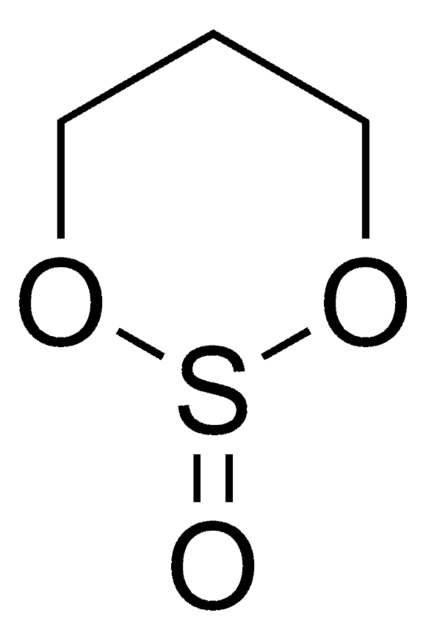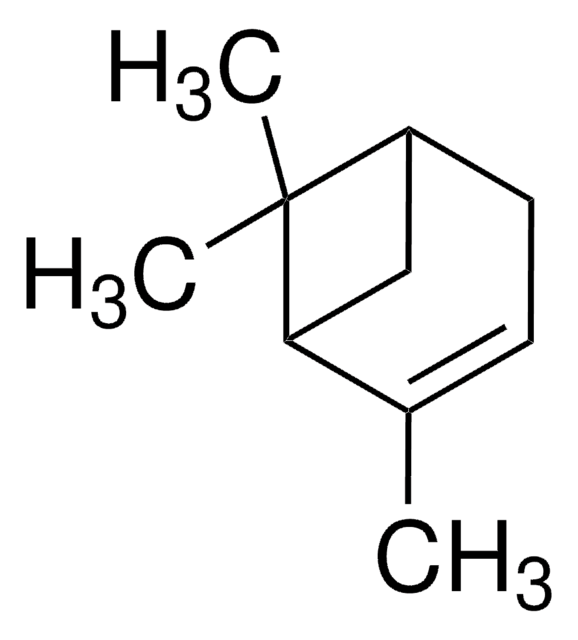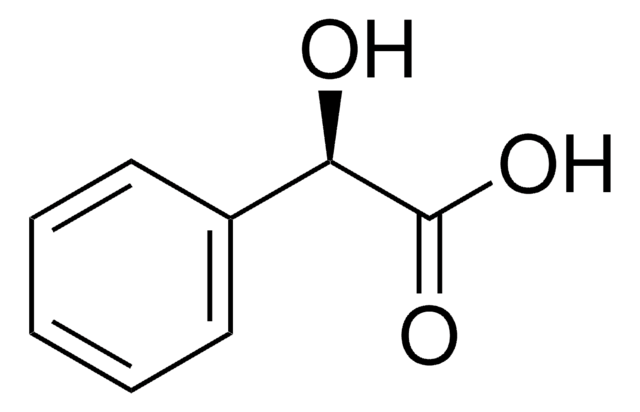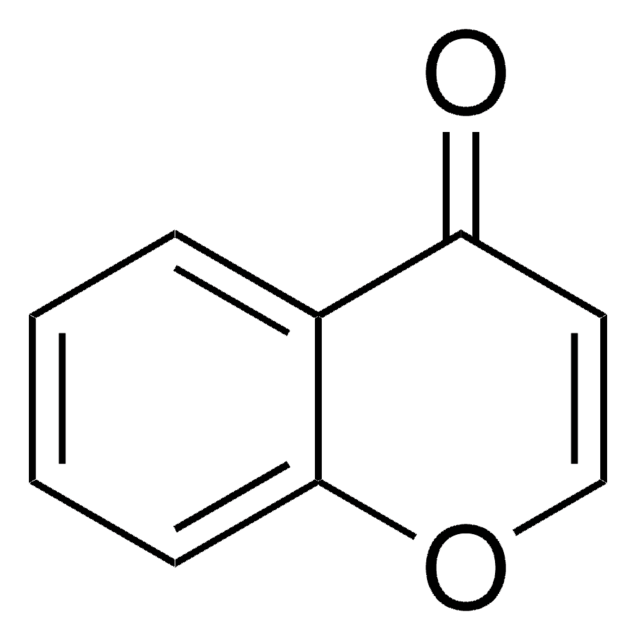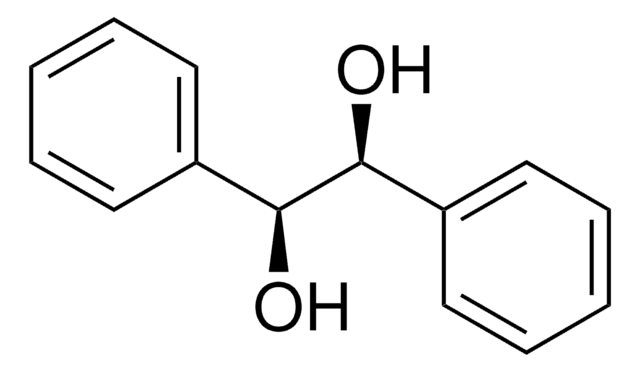Kluczowe dokumenty
05-5870
Copper(I) chloride
JIS special grade, ≥95.0%
Synonim(y):
Copper monochloride, Cuprous chloride
About This Item
Polecane produkty
klasa czystości
JIS special grade
ciśnienie pary
1.3 mmHg ( 546 °C)
Próba
≥95.0%
Formularz
solid
przydatność reakcji
reagent type: catalyst
core: copper
dostępność
available only in Japan
pH
5 (20 °C, 50 g/L)
bp
1490 °C (lit.)
mp
430 °C (lit.)
temp. przechowywania
2-8°C
ciąg SMILES
Cl[Cu]
InChI
1S/ClH.Cu/h1H;/q;+1/p-1
Klucz InChI
OXBLHERUFWYNTN-UHFFFAOYSA-M
Szukasz podobnych produktów? Odwiedź Przewodnik dotyczący porównywania produktów
Zastosowanie
Hasło ostrzegawcze
Danger
Zwroty wskazujące rodzaj zagrożenia
Zwroty wskazujące środki ostrożności
Klasyfikacja zagrożeń
Acute Tox. 4 Dermal - Acute Tox. 4 Oral - Aquatic Acute 1 - Aquatic Chronic 1 - Eye Dam. 1 - Skin Irrit. 2
Kod klasy składowania
8A - Combustible corrosive hazardous materials
Klasa zagrożenia wodnego (WGK)
WGK 3
Temperatura zapłonu (°F)
Not applicable
Temperatura zapłonu (°C)
Not applicable
Wybierz jedną z najnowszych wersji:
Masz już ten produkt?
Dokumenty związane z niedawno zakupionymi produktami zostały zamieszczone w Bibliotece dokumentów.
Nasz zespół naukowców ma doświadczenie we wszystkich obszarach badań, w tym w naukach przyrodniczych, materiałoznawstwie, syntezie chemicznej, chromatografii, analityce i wielu innych dziedzinach.
Skontaktuj się z zespołem ds. pomocy technicznej

